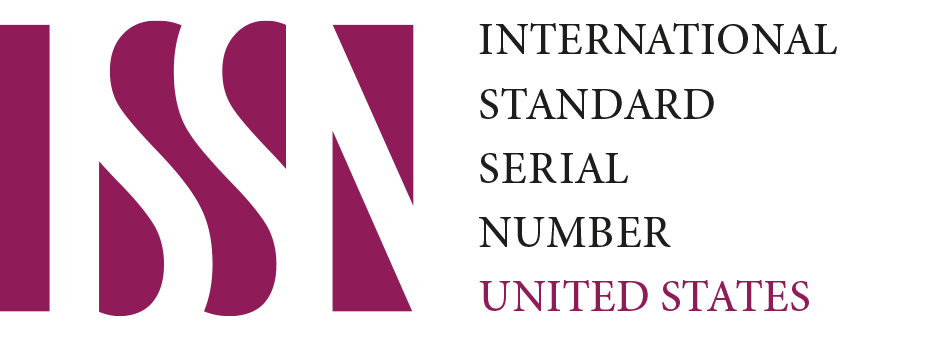Tumor Rate in Eastern and Western Libya and Impact of Eating Style on Patients.
DOI:
https://doi.org/10.64516/adx0bt65Keywords:
Bad nutritional and living routines,, food related tumors,, Eastern and Western Libya,, cross sectional study,, high-quality nutrition.Abstract
Bad nutritional and living routines may accountable for occurrence of food related tumors in Libya such as pancreas, stomach, liver, mouth, pharynx , colon, rectum and anus. The present work is aimed to provide a summary on size of pancreas, stomach, liver and colorectal tumors in Eastern and Western Libya, to give information about incidence of lung, breast and colorectal cancers at Tobruk Medical Center in 2017, and to recognize the responsibility of bad nutritional habits in growing cancer. A total of 972 cases diagnosed with cancers were analyzed. Among 972 cases, 785 cases (466 males and 319 females) diagnosed with foodstuff related cancers including pancreas, stomach, liver, mouth, pharynx and colorectal cancers and were gathered from 2005 to 2009 in Eastern and Western Libya. Approximately, 187 cases (40 males and 147 females) diagnosed with lung, breast and colorectal cancers were obtained from Tobruk Medical Center in 2017. A cross sectional study was conducted on 300 Libyan patients with pancreas, stomach, liver, mouth, pharynx and colorectal cancers at Tobruk Medical Center, Al Shefa Clinic and Al Shema Clinic in Tobruk during the period from August 2016 to March 2018. Of 785 patients, there was 382 cases (220 males and 162 females) from Western Libya and 403 cases (246 males and 157 females) from Eastern Libya. About 59.4 % males and 40.6% females were detected with pancreas, stomach, liver, mouth, pharynx and colorectal cancers. Men are just about 18.8 % more expected than women to build up foodstuff related tumors. Among 785 cases, approximately 28% males and 20.6% females from Western Libya, whereas 31.4% males and 20% females from Eastern Libya. Men in Eastern Libya are almost 3.4% more likely than men in Western Libya to develop cancer. While, women in Western Libya are only 0.6 % more likely than women in Eastern Libya to develop cancer. Among interviewed patients, 42% (n = 126) cases ate a lot of fast foods, while 34% (n = 102) cases rarely ate fruits and vegetables, and 24% (n = 72) patients had past family history. Understanding the role of the high- quality nutrition with excellent bodily movements may encourage health and physical condition of patients with colorectal cancer in Libya.
References
1. Abusaa, A. (2006). Sabratha Cancer Registry: first annual report: population based cancer registry. African. Oncology Institute, Sabratha, Libya, p 1-60.
2. ASCO. (2015). Cancer. Net: diet and nutrition. Available from http://www.cancer.net/navigating-cancer-care/prevention-and-healthy-living/diet-and-nutrition. Assessed on: Feb 2, 2018.
3. Better Health Chanel. (2014). Fact sheet: cancer and food. Deakin University. http://www.betterhealth.vic.gov.au/bhcv2/bhcarticles.nsf/pages/Cancer_an d_food. Accessed on: Jan 5, 2018.
4. Bodalal Z, Bendardaf R. (2014). Colorectal carcinoma in a Southern Mediterranean country: The Libyan scenario. World J Gastrointest Oncol., 6: 98 – 103.
5. Campbell M, Media D. (2015). Healthy eating: 5 main food groups. Available from http://healthyeating.sfgate.com/5-main-food-groups- 3976.html. Accessed on: 7 Jan, 2018.
6. Canadian Brest Cancer Foundation. (2013). Breast cancer in Canada. Available from http://www.cbcf.org/Pages/default.aspx. Accessed on: Mar 2, 2018.
7. Dyer, D. (2014). Can food reduce your risk of breast cancer?. Available from http://www.breastcancer.org/tips/nutrition/reduce_risk/reduce_risk. Accessed on: Jan10, 2018.
8. El Mistiri, M, Pirani, M, El Sahli, N, El Mangoush, M, Attia, A, at el. (2013). Cancer profile in Eastern Libya: incidence and mortality in the year 2004, Annals. Oncol., 21: 1924 – 1926.
9. El Mistiri M, Pirani M, El Sahli N, El Mangoush M, Attia A, at el. (2010). Cancer profile in Eastern Libya: incidence and mortality in the year 2004. Annals of Oncology, 21: 1924–1926.
10.El Mistiri M, Verdecchia A, Rashid I, El Sahli N, El Mangush M, Federico M. (2007). Cancer incidence in eastern Libya: the first report from the Benghazi Cancer Registry, 2003. Int J Cancer, 120: 392 -397.
11.Ermiah, E, Abdalla, F, Buhmeida, A, Larbesh, E, Pyrhonen, S, Collan, Y. (2012). Diagnosis delay in Libyan female breast cancer. Bio Med Central., 5: 2 – 8.
12.Ghalaita A A B, Shanbih FM H, Hussain M A, Rajan AV. (2014). Enhancing healthy lifestyle of UAE nationals in Dubai. Discov., 25: 75-82.
13.Jaret P. (2015). Cancer Nutrition: The Food Cancer Connection. Available from:
http://www.eatingwell.com/nutrition_health/immunity/the_food_cancer_connection. Accessed on: Jan 1, 2018.
14.Kusumaneela B K, Santhi KV, Afnan SK, Krishna V P, Kusuma M. (2015). Effect of diet counseling on type 2 diabetes mellitus. Intern J SciTech., 8: 112 – 118.
15.McCann, J. (2000). Gender differences in cancer that don’t Make sense-or
do they?. JNCI J Natl Cancer Inst., 92: 1560 – 1562.
16.Pippin, J. (2014). Meat consumption and cancer risk. PCRM, USA. Available from http://www.pcrm.org/health/cancer-resources/diet- cancer/facts/meat-consumption-and-cancer-risk. Accessed on: Jan 17, 2018.
17.Philips, R. (1975). Role of life-style and dietary habits in risk of cancer among seventh-day Adventists, Cancer Res, 35: 3513 - 22.
18.Singh, R , Al-Sudani, O. (2001). Cancer mortality in Benghazi, Libyan Arab Jamahiriya, 1991-96. East. Mediter. Health J, 7: 255-273.
19.Tantamango-Bartley, Y, Jaceldo-Siegl, K, Fan, J, Fraser, G. (2013). Vegetarian diets and the incidence of cancer in a low-risk population. Cancer Epidem. Biomark. Prev; 22: 286-294.
20.Varmus, H. (2013). Overview of nutrition in cancer care. Available fromhttp://www.cancer.gov/cancertopics/pdq/supportivecare/nut rition/Patient/page1. Accessed on : Jan 3, 2018.












